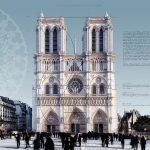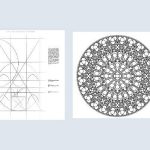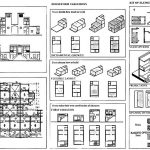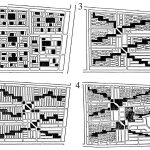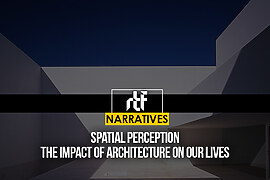Architecture is often fantasised as tall buildings, skyscrapers, a white collar job, producing blueprints and the job being done. Little do they know, it’s five years of sleepless nights, under bags, tearing off sheets, failing and constant ranting. Architecture is a journey. An experience that teaches how to see every aspect of something. As Eileen Gray rightly says, “To create, one must first question everything.”
Basics of geometry
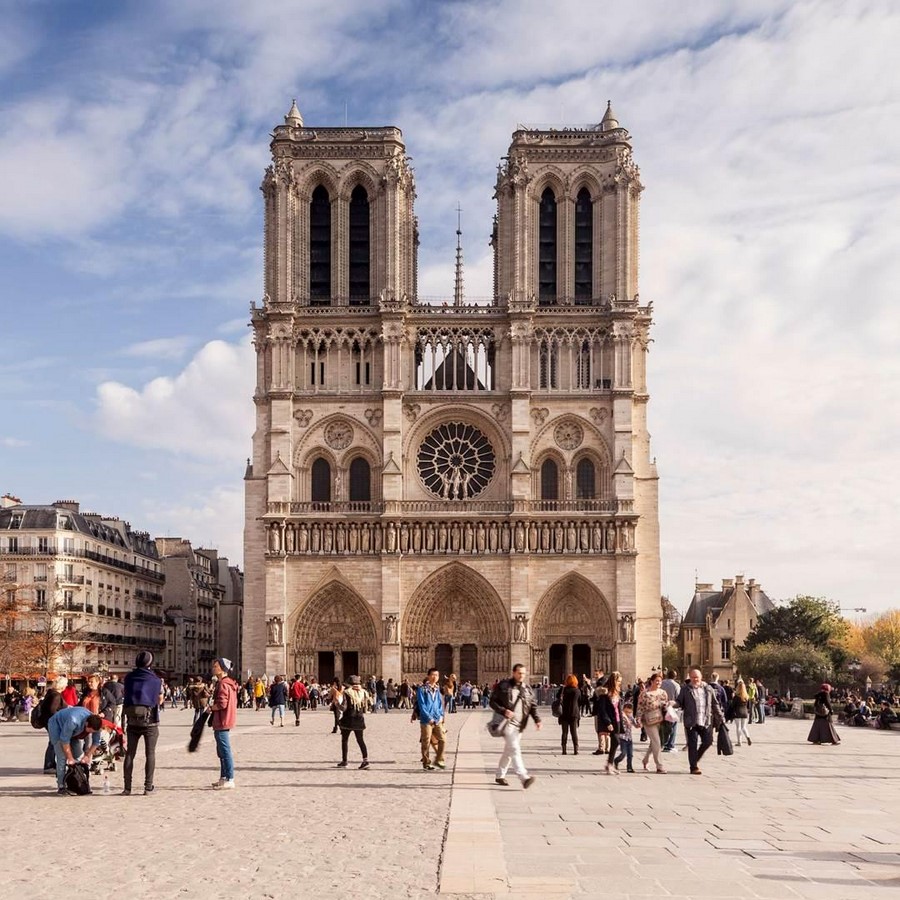
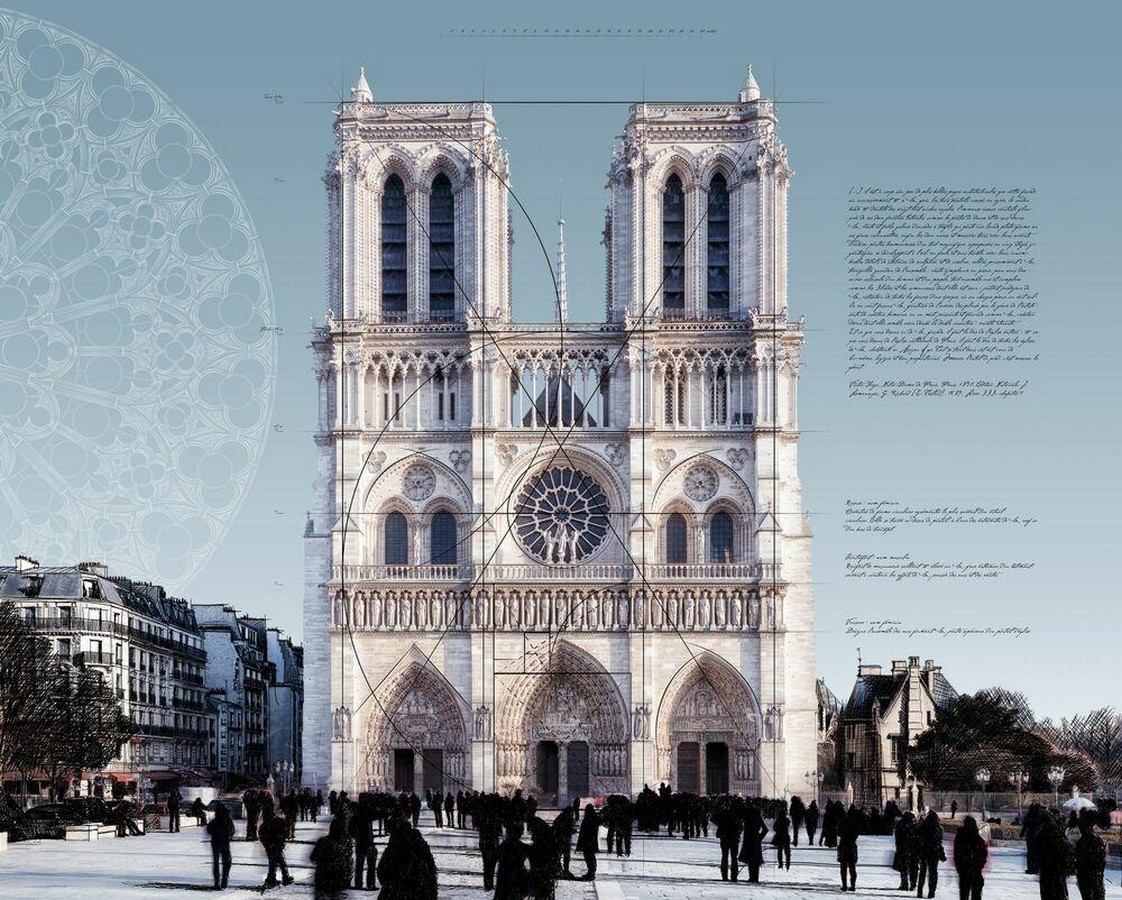
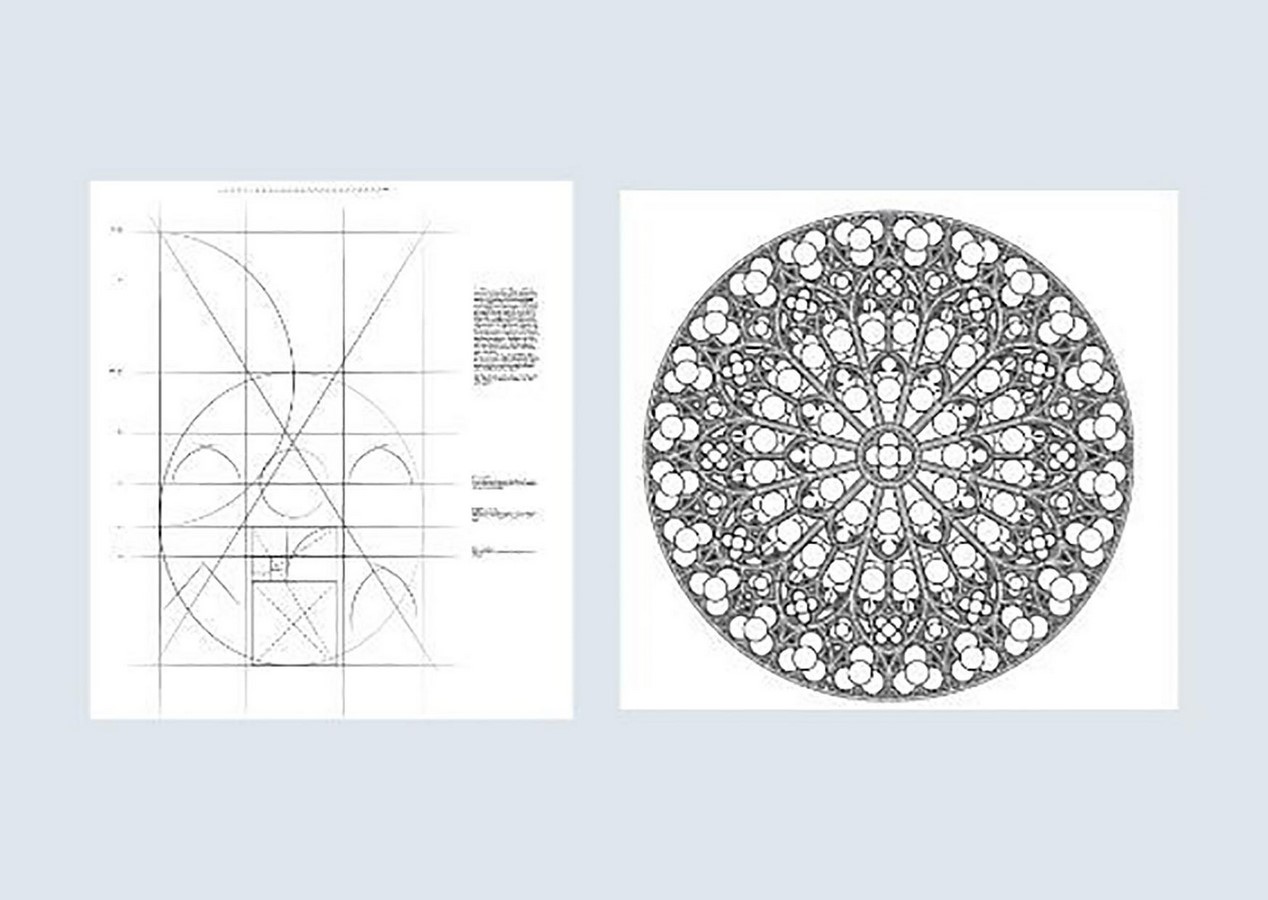
Architecture shapes students’ brains such that they start finding details in everything. Sir Ludwig Mies van der Rohe’s quote, “God is in the details”, becomes the ultimate statement. Principles of design, such as proportion, balance, symmetry and hierarchy, are embedded such that a family trip becomes a related study programme where they read buildings from floors to walls and up to the roof, understand the construction system and get engrossed in the minutest details.
Part to whole
Initially, you look at things individually, like tall buildings, hospitals, schools, etc. After Architecture, you understand the concept of the part to be whole and whole to part. Part to whole refers to the relationship between a building or structure’s individual components or elements and the overall composition of the whole design. In a well-designed building, each part or element should contribute to the overall aesthetic and functional quality of the whole structure. This can include features such as the arrangement of windows and doors, the use of specific materials and textures, the proportions of the various components, and the overall. The layout of the building. For example, in a traditional house design, the parts include the roof, walls, windows, doors, and chimneys. Each of these elements would be carefully designed and positioned to contribute to the overall aesthetic and functionality of the house.
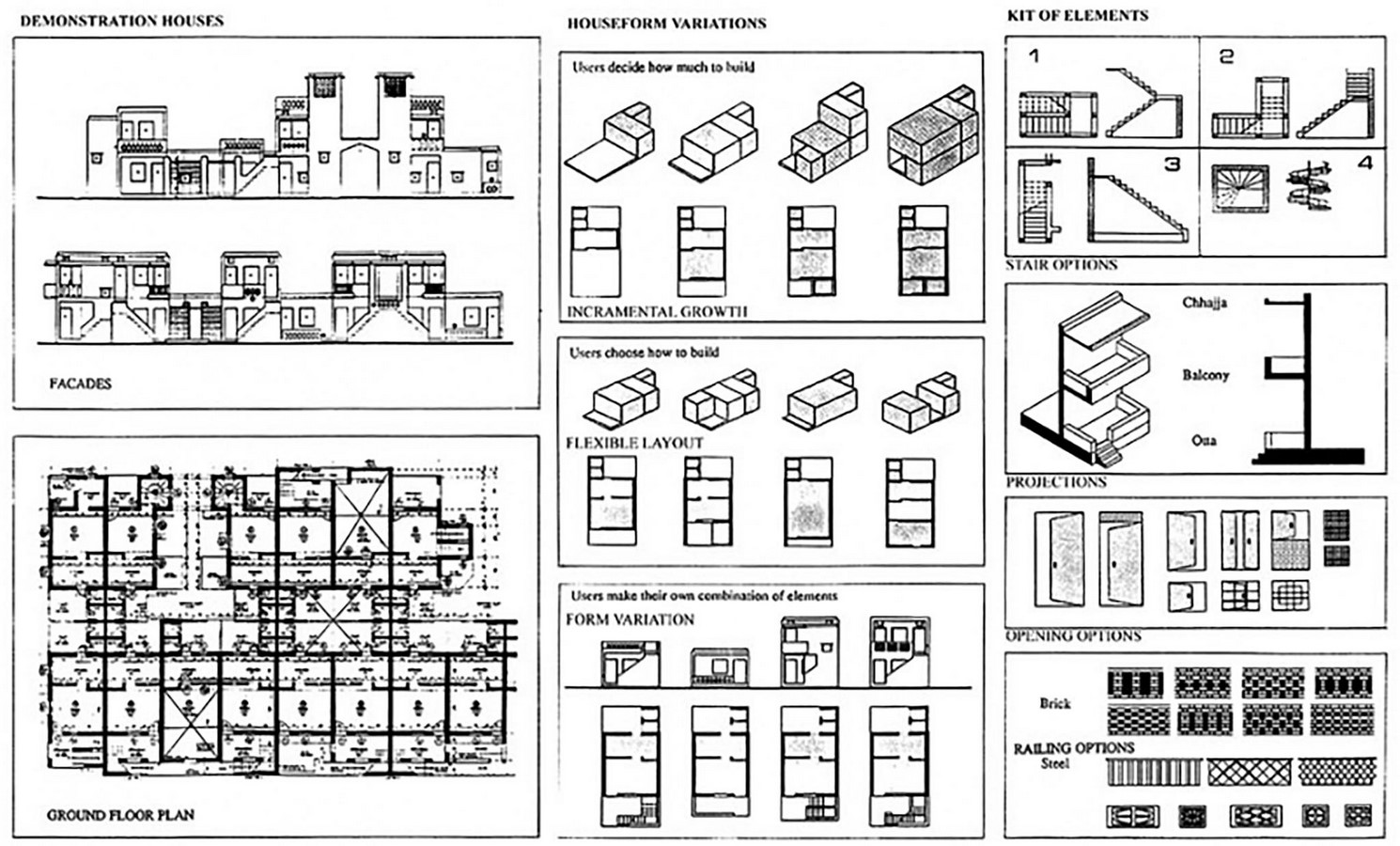
Whole to part
On the other hand, “whole to part” refers to starting with the overall concept or vision for a building or structure and then breaking it down into smaller components or parts. This approach involves considering the larger context of a project and ensuring that each part is aligned with the overall design goals and vision.
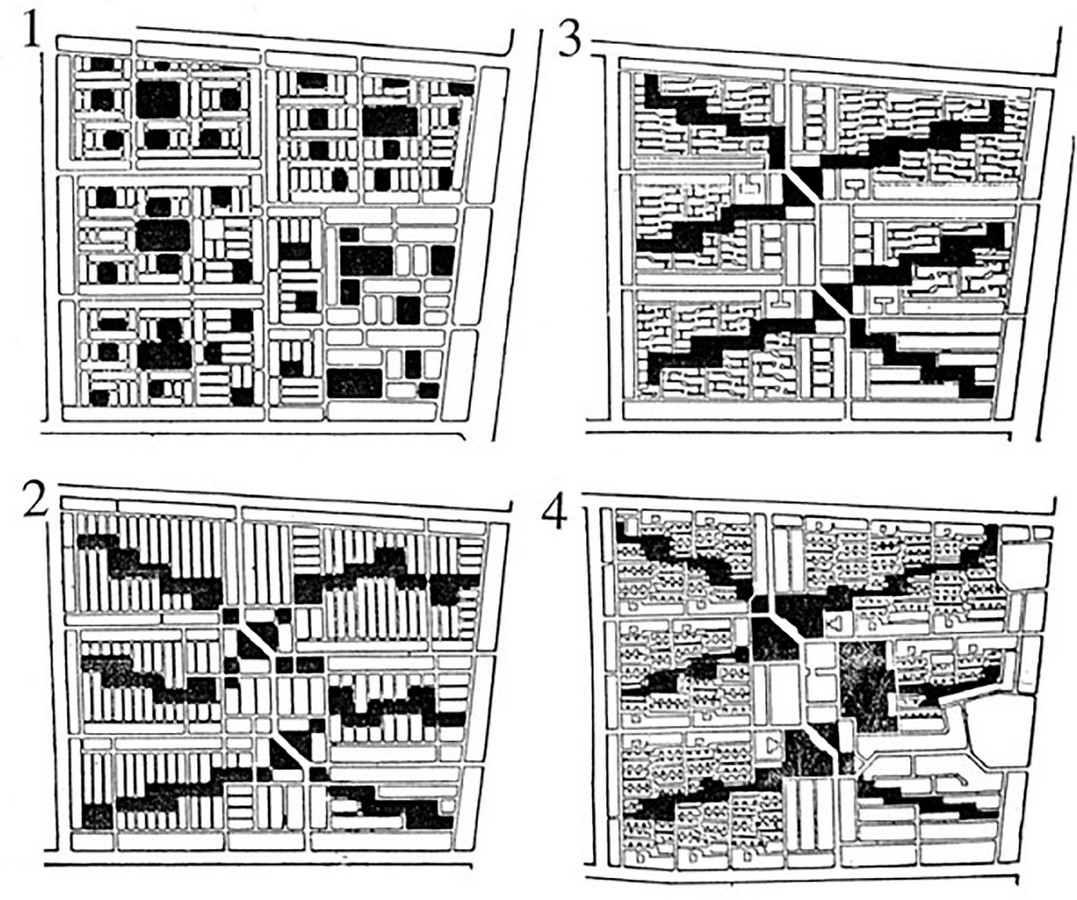
Architecture as a whole
Architecture can profoundly impact our experiences and how we perceive the world. The design of buildings, spaces, and cities can shape how we feel, behave, and interact with others. For example, using natural light, the arrangement of spaces, and the choice of materials can all affect our mood and sense of well-being. Similarly, the design of public spaces can influence our sense of community and our ability to connect with others. As Winston Churchill says, “We shape our buildings, and afterwards, our buildings shape us.”
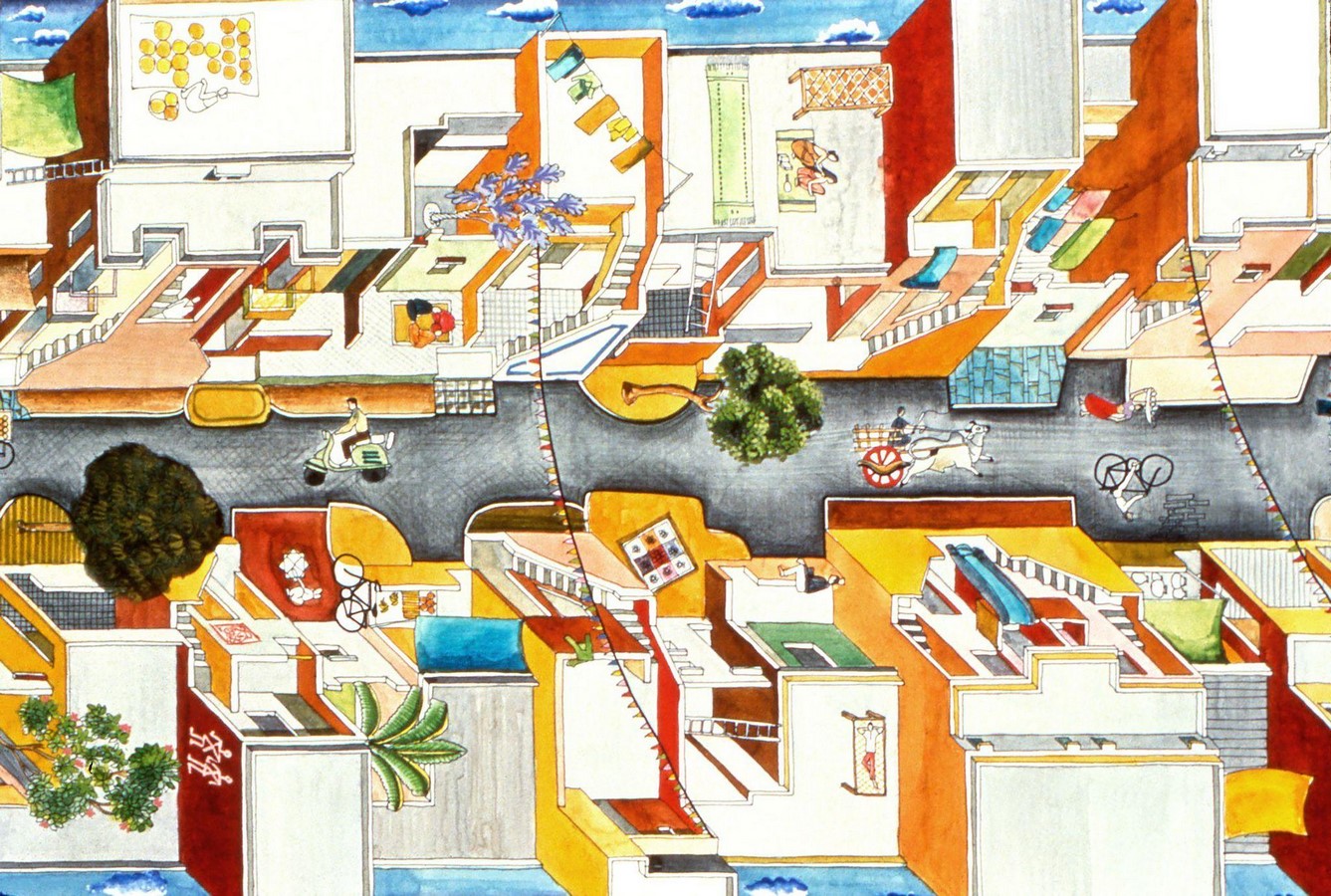
Architecture has the potential to shape our physical environment, our social interactions, and our values and beliefs. By understanding the impact of architecture on our lives, we can Develop a deeper appreciation for the built environment and work to create functional, sustainable, and meaningful spaces. Architecture can also shape our social interactions by providing spaces for community gatherings, fostering collaboration and communication, and Promoting social equity and inclusivity. Furthermore, architecture can influence our values and beliefs by reflecting and reinforcing cultural norms and traditions. For instance, the design of religious buildings can communicate the beliefs and values of a particular faith. In contrast, the design of government buildings can express the power and authority of a particular political system.

In summary, architecture is a powerful tool that can shape our physical environment, social interactions, and values and beliefs. Architects and designers must be mindful of these impacts and create spaces promoting health, well-being, equity, and inclusivity.
Architecture is a multifaceted discipline that can profoundly impact our daily lives, and its potential to shape our physical environment, social interactions, and cultural values makes it a crucial area of study and practice. One must carefully consider and study architecture to create spaces that promote well-being, encourage positive social interactions, and reflect our values and beliefs as a society.
There is so much more to architecture than mere words like buildings and institutes.
Architecture can have a profound impact on one’s perspective. When studying or practicing architecture, individuals often develop an appreciation for the built environment and how it shapes the way people interact with each other and their surroundings. They may also gain a greater understanding of the social, cultural, and historical contexts that shape architecture and urban design.
Furthermore, it can encourage individuals to think critically and creatively, and to approach problem-solving in a holistic manner. This can lead to a shift in perspective that extends beyond the field of architecture and into other aspects of life.
References:
Turlapati, L. (2014) aranya housing project, Architecture in Development_© https://architectureindevelopment.org/project/401 (Accessed: 01 May 2023).
Dequick, L. The architect’s perspective, Yellow Korner_© https://www.yellowkorner.com/en/blog/blog-regards-architecte-cb014.html (Accessed: 01 May 2023).
Ferrarello, L. (2015) Back to reality. architecture and the world of Fantasy, Academia.edu_© https://www.academia.edu/10799221/Back_to_Reality_Architecture_and_the_World_of_Fantasy (Accessed: 2 May 2023).
Bond, M. (2022) The hidden ways that architecture affects how you feel, BBC Future_© https://www.bbc.com/future/article/20170605-the-psychology-behind-your-citys-design (Accessed: 4 May 2023).
Aranya community housing, Indore, India – MIT – Massachusetts Institute … (no date) http://web.mit.edu/_©https://web.mit.edu/incrementalhousing/articlesPhotographs/pdfs/aranya-3-Details1146.pdf (Accessed: 4 May 2023).









